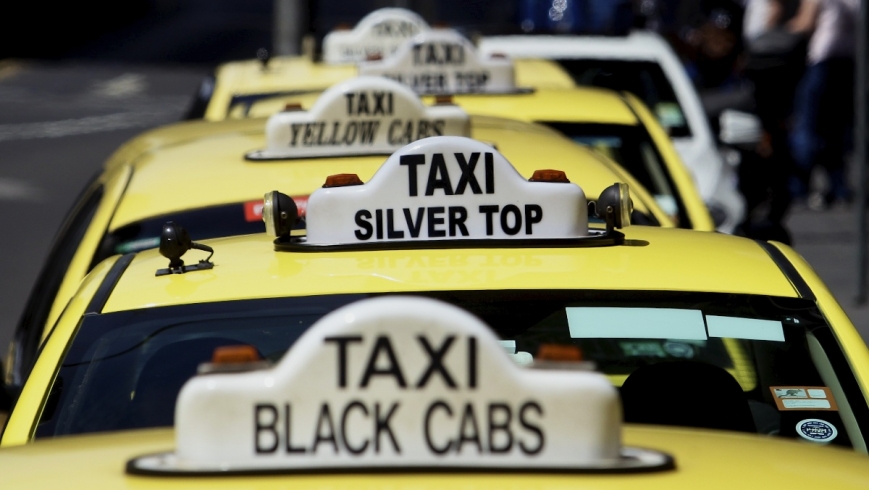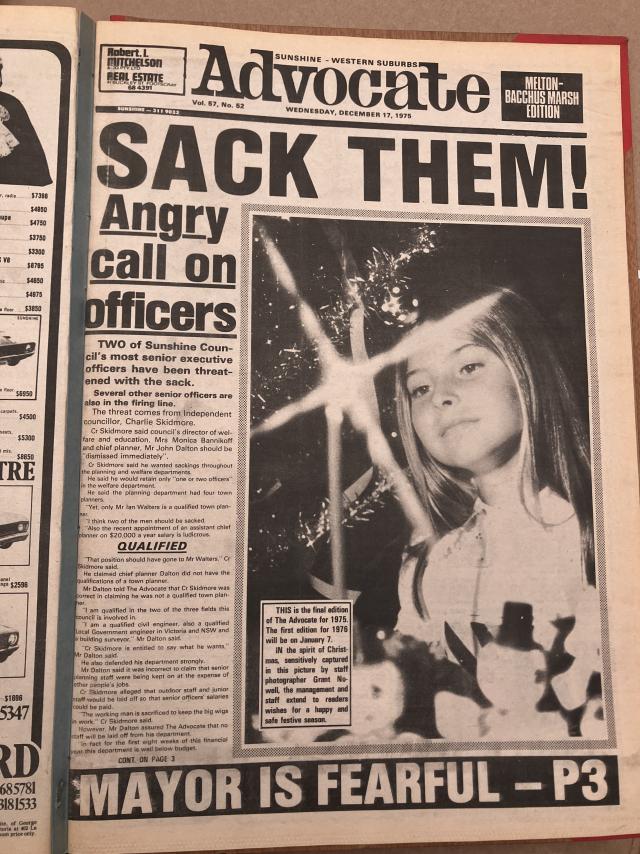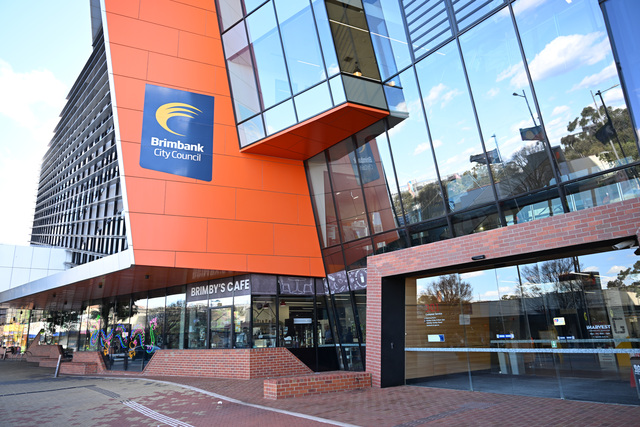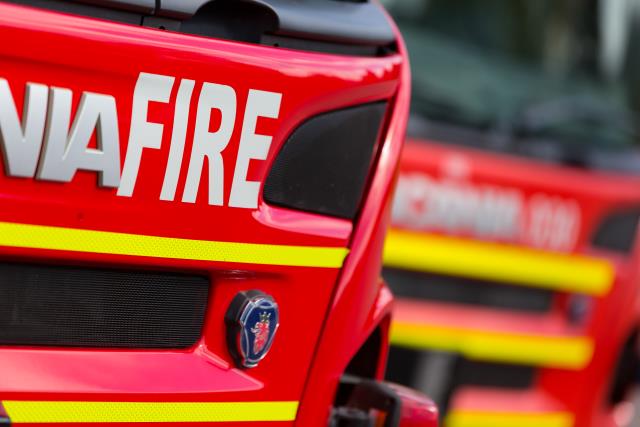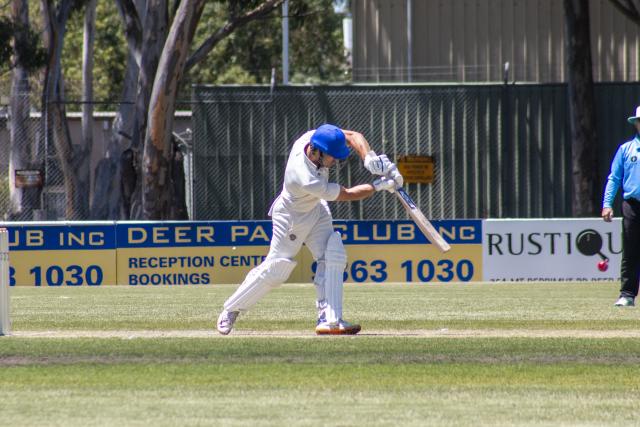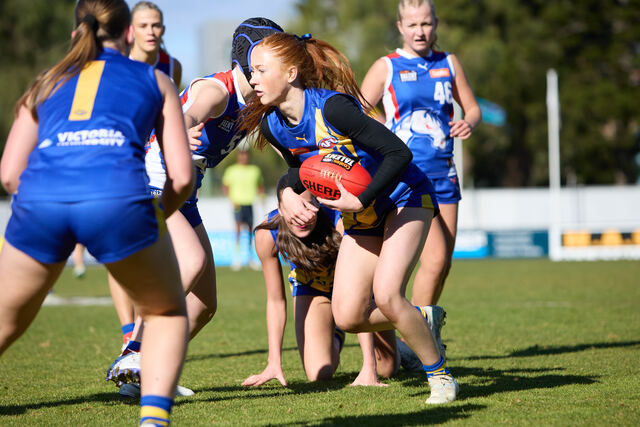The cost of catching a taxi is set to rise by up to 30 per cent next month after the Napthine government decided to raise fares for the first time since 2008.
Exactly how much more passengers have to pay will depend on a range of factors including the time and day of travel and the distance. It is expected the fare rise will be implemented by the end of May.
The size of the increase varies, but will be greatest for short trips and at times of high demand such as Friday and Saturday nights. This is an attempt to tackle two chronic problems for passengers – short fare refusal by drivers and a shortage of taxis on Friday and Saturday nights. It is hoped raising night-time fares on Fridays and Saturdays will encourage more drivers to work during those hours.
The increase follows a review by the Essential Services Commission, delivered to the state government on March 31. The government has accepted all of the review recommendations.
Transport Minister Terry Mulder said the fare rise would increase the income of taxi drivers and operators, which would in turn improve customer service.
”We want to support the industry in transforming and we realise that if we want better drivers and better services, we need to fairly compensate those providing these services,” Mr Mulder said.
As part of the fare restructure, three tariffs will be introduced; day (9am-5pm); overnight (5pm-9am), and peak (10pm-4am, Friday and Saturday).
The taxi flagfall – the cost of starting the meter – will rise by between $1 and $3, from the current $3.20 flagfall to $4.20 in the day, $5.20 overnight and $6.20 in the peak.
The cost of a short trip of less than five kilometres in the Friday or Saturday peak will increase by about 28 per cent. By comparison, a 40-kilometre trip during the day will rise just 1.5 per cent – or about $1.23.
Industry group Victorian Taxi Families, which represents hundreds of drivers, is furious at the reforms and is planning a major protest.
Sandy Spanos, the group’s founder, says the industry does need reform, but what’s been announced does nothing to address customer service.
‘‘Putting more taxis on the road isn’t going to improve service. We need better quality and better trained drivers,’’ she said.
‘‘There are 120,000 people involved in the taxi industry in Melbourne. This will cost them an election.’’
Taxi drivers are planning on blockading Exhibition Street after gathering outside state parliament around 10.30am on Friday.
The Victorian Taxi Association had no immediate comment on the reforms and is expected to respond to the announced changes later on Friday.
Taxi Services Commission chairman Graeme Samuel says the changes ”will address many of the fundamental flaws in the current pricing system”.
”Higher rates at peak times will provide more incentive for cars to be on the roads when they are needed,” Mr Samuel said.
”Drivers will stand to earn more, which is important for keeping experienced people in the industry and also attracting new drivers. Combined with our new knowledge test and a fairer driver agreement, these changes mean better drivers for our industry.”
The taxi industry has called for a fare rise for more than two years, arguing that the six-year-long freeze on fares made operating a cab increasingly less viable.
In its submission to the Essential Services Commission, industry group the Victorian Taxi Association called for a minimum fare to reduce short fare refusal, and has also called for the flagfall to be raised to $10, significantly higher than what the government has just approved.
The association also opposed the new driver agreement in which drivers get 55 per cent of the fare box and operators 45 per cent, which is due to come into effect from July 1. Currently the fare box is split 50/50 in most agreements.
– with Steve Lillebuen

